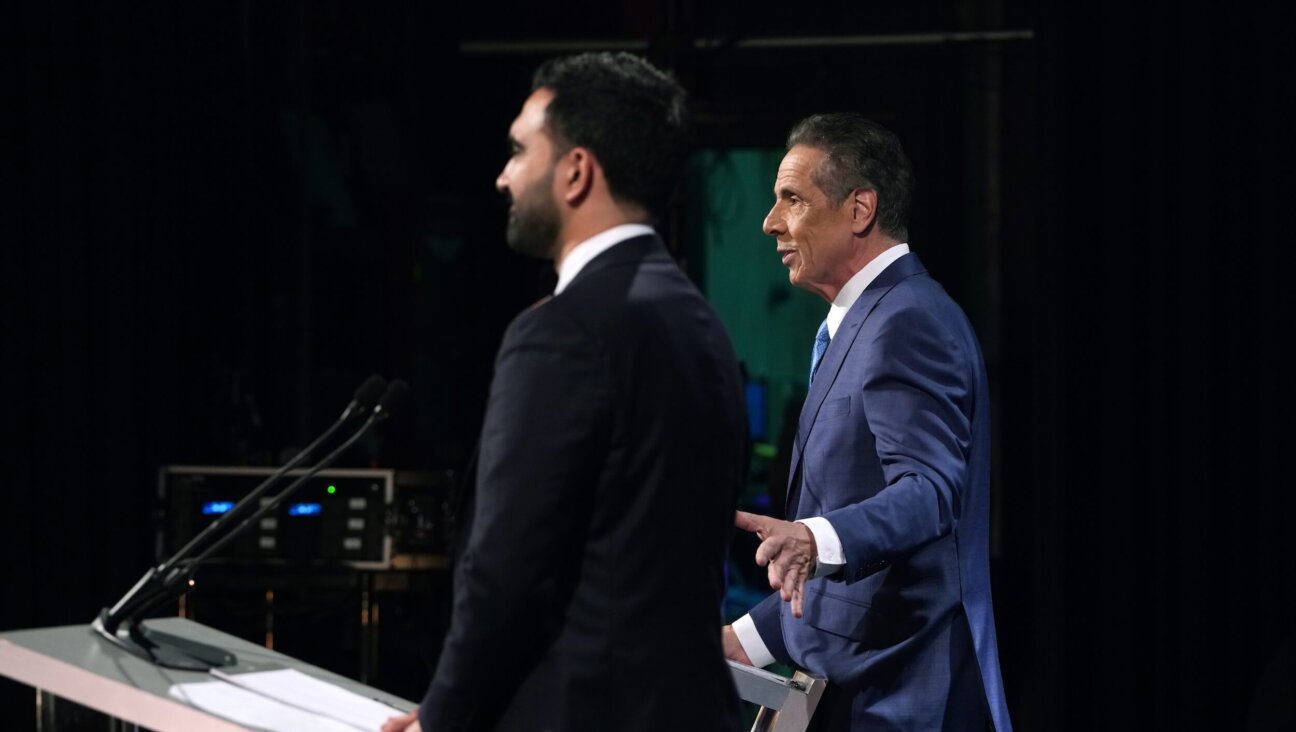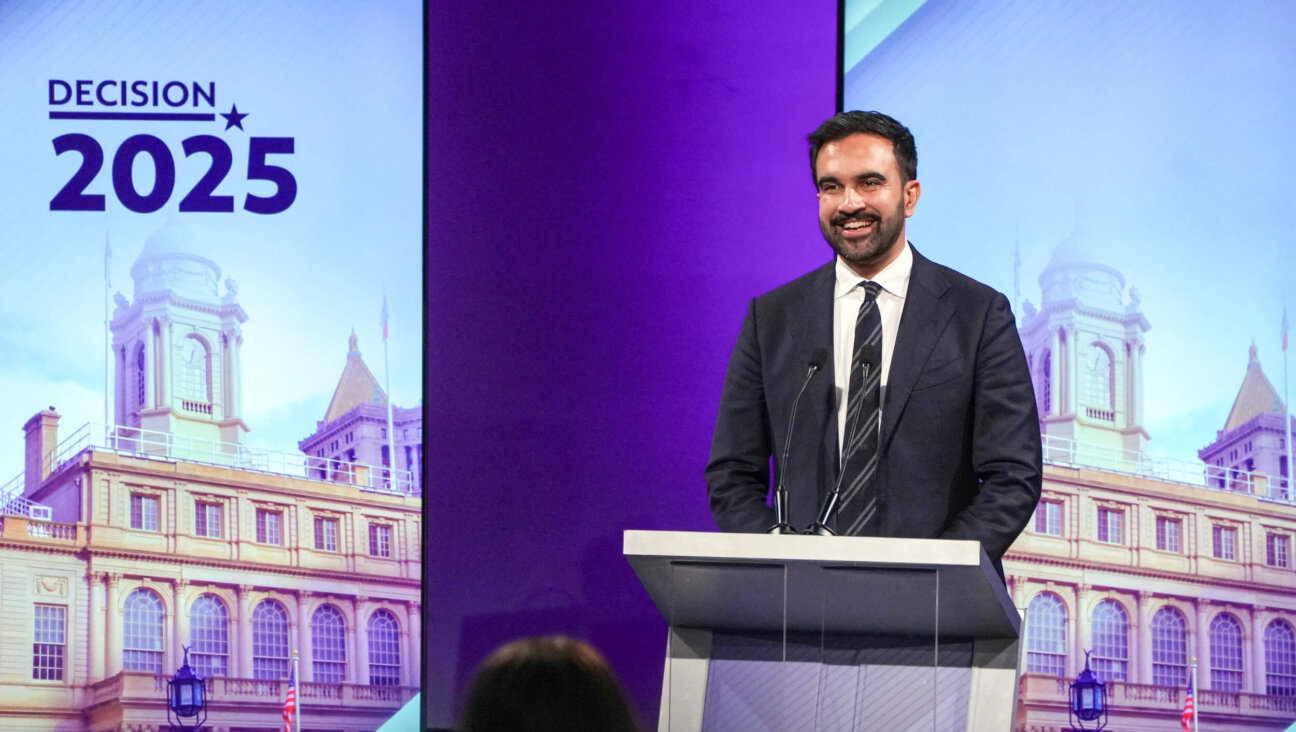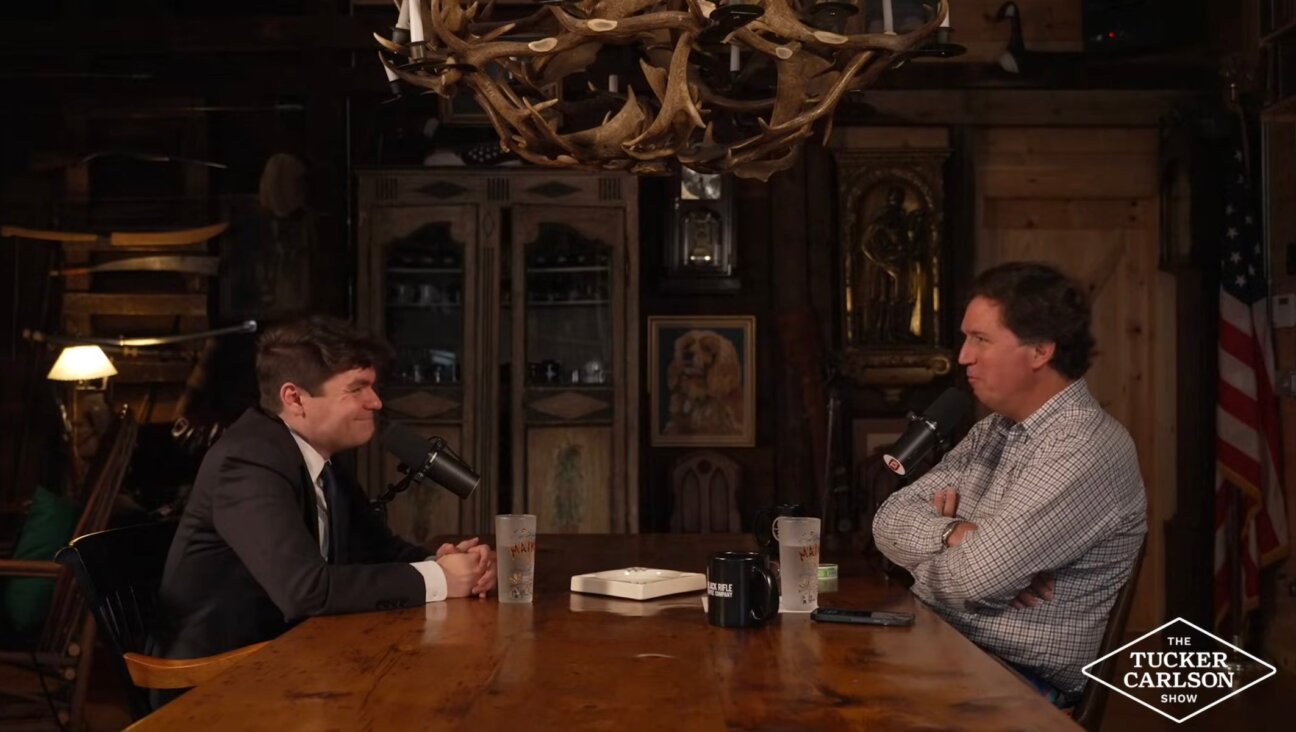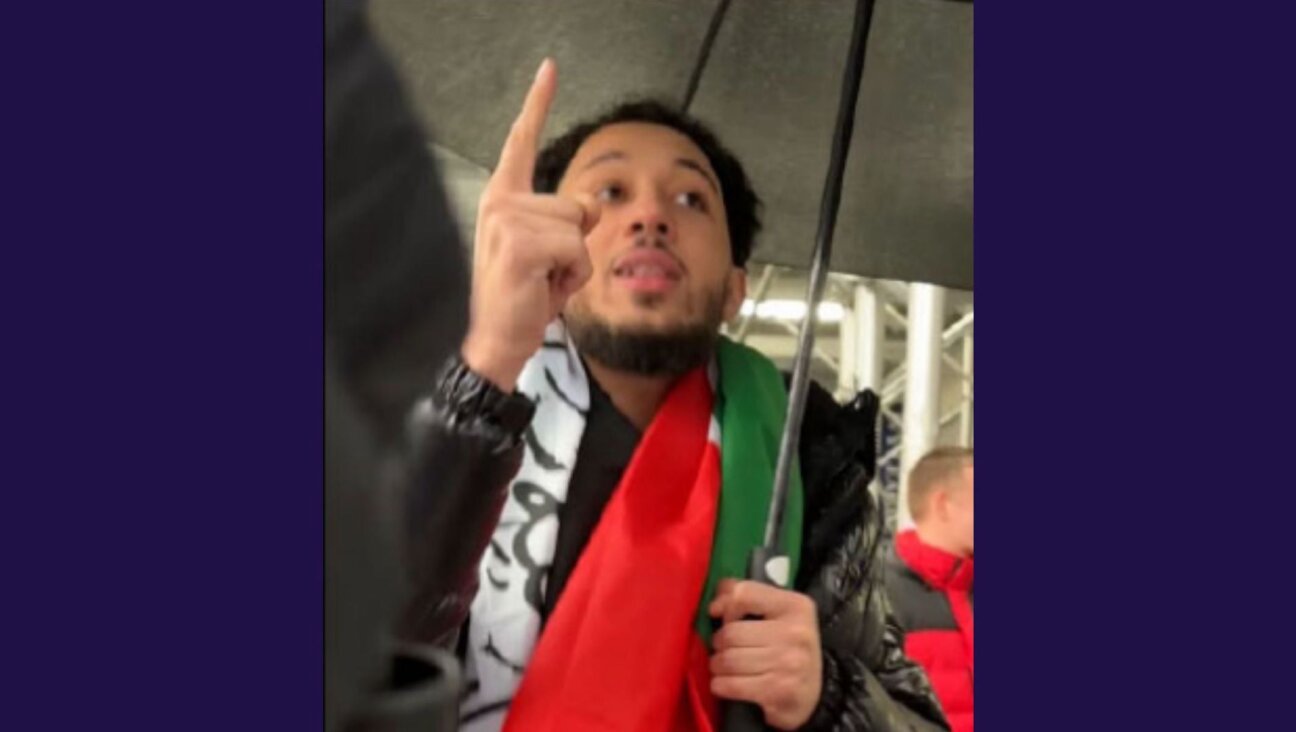Does Newly Unearthed Jerusalem Boulevard Tell Story of Jewish Revolt Against Romans?

Image by Getty Images
The archaeological excavation of a 2,000-year-old underground road in Jerusalem, inaugurated with much fanfare last week, will probably take another decade to complete. But it is already yielding new insights into the history of the city during the Second Temple period.
Culture and Sports Minister Miri Regev and Jerusalem Mayor Nir Barkat were among the dozens who gathered in a tunnel beneath a street in East Jerusalem last week to dedicate the road, called Pilgrims Way.
The site, which lies beneath Wadi Hilweh Street in the Palestinian neighborhood of Silwan, is a Roman-style stepped road, built during the Second Temple period. It leads from the Siloam Pool to the Temple Mount and forms part of the City of David archaeological park, the original ancient nucleus of the city.
The dedication ceremony, initiated by Regev, was premature. The excavations of the 540-meter-long street began three years and are advancing at a rate of dozens of meters a year. At that rate the project will take 10 years to complete and only then will visitors be able to walk along the road from Siloam Pool at the bottom of Silwan to the Davidson Archaeological Garden next to the Western Wall. One section, spanning several dozen meters, is expected to be opened to the public in two to three years.
While far from complete, the excavations are already offering not only a platform for politicians like Regev, but also new findings, including a possible explanation for what triggered the Jewish revolt against Rome.
One finding is that despite being labeled a “Herodian Street,” Herod himself never set foot on this road and was not even responsible for its construction. It was in fact built after his death.
Most of the street is constructed with large and tight-fitting paving stones, which were dismantled in several sections. Researchers believe that this happened during the Jewish Revolt against the Romans, when the stones were used to erect barriers or removed in order to provide access to a drainage channel under the street, which may have been used as a hiding place. The uprooted stones allowed researchers to examine layers underlying the street, thus enabling its dating.
One of the coins found under the street dates to the time of the city’s governor Pontius Pilate, who reigned from 26 C.E. to 36 C.E., and was responsible for the trial and execution of Jesus. The significance of this find is that it shows that the street was built a generation after Herod’s death. This reinforces the opinion now taking hold among researchers of Jerusalem, according to which the monumental construction project on the Temple Mount and its surroundings continued long after Herod died.
A second insight gleaned from the excavation relates to the character of the lower city during the Second Temple period (which ended with the destruction of Jerusalem the Temple by the Romans in 70 CE). Until now researchers believed that the lower city (the area of the present day City of David) was not only topographically lower than the upper city (beneath today’s Armenian and Jewish quarters), but socioeconomically “lower” as well, housing the city’s poorer residents. This is the way it appears in the model of the city prepared by archaeologist and historian Prof. Michael Avi-Yonah in the 1960s. He placed very small and meager houses in that section of the city, in contrast to palaces in the upper city. However, the road being excavated yielded dwellings that don’t suggest a poor quarter at all.
“We’re finding monumental construction that used huge stones and architectural techniques, with pillars and capitals,” says Dr. Yuval Baruch, the head of the Jerusalem district of the Israel Antiquities Authority, which is conducting the dig headed by Joe Uziel and Nachshon Zanton. The work is being funded by Elad, an organization whose activities include expanding Jewish settlement in Silwan and developing the City of David park.
Baruch notes that a hundred years ago archaeologist Raymond Weil found a Greek inscription only a few dozen meters from the bottom of the street, indicating that there was a synagogue and inn at the site. Aside from raising the question of why there would be a need for a synagogue in such close proximity to the still-active Temple, the presence of so many public buildings doesn’t match the theory that this was a poor neighborhood. Among the artifacts found along the street were luxury items, including imported pottery and magnificent glassware. “Maybe Jerusalem in those days was a city without poor people, like Ra’anana today,” suggests Baruch.
A question that still has no answer is what the street looked like in its upper sections, where it passes underneath the Old City’s 10-meter-thick walls, emerging south of the Western Wall plaza, near Robinson’s Arch. One possibility is that it didn’t continue as a street all the way to this arch but rather turned into a big plaza. If so, it may have been the city’s most important square in that period, since both the street from the Siloam pool and a street leading to the southern gate of Temple Mount met there.
The stepped street was in service for only a short period, a few dozen years before the Great Revolt, the suppression of which led to the expansion of the Temple Mount compound and of the whole city in the year 70 C.E. So far there is no evidence that the street was in use after the revolt. Here and there are buildings from the later Roman and Byzantine periods, whose foundations reach the street itself. It’s possible that the completion of construction in the street and the entire Temple Mount complex was a factor that hastened their destruction.
Baruch raises a possibility, hinted at in the writings of historian Josephus Flavius, whereby the end of the extensive construction led to widespread unemployment and an economic crisis in the city. This may have been the first stage in the deterioration which led to the Great Revolt and the destruction of the street and the city around it.
















